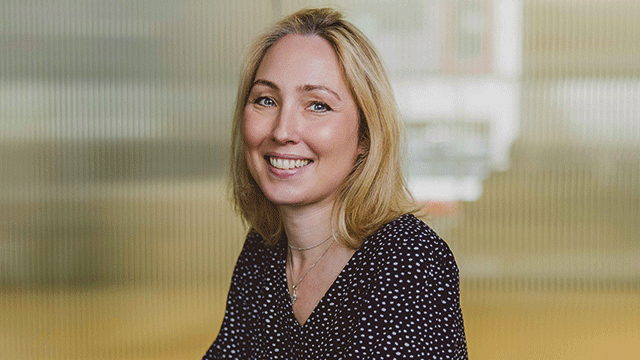Enfranchisement: improvements and the reality principle revisited
Legal
by
Elizabeth Dwomoh
In Cadogan Holdings Ltd v Alberti [2022] EWCA Civ 499; [2022] PLSCS 64, the Court of Appeal has upheld the decision of the Upper Tribunal (Lands Chamber) in respect of the proper interpretation of section 9(1A)(d) of the Leasehold Reform Act 1967 and its interplay with the reality principle.
In 1971, the Earl of Cadogan demised to the famous cartoonist Gerald Scarfe a long lease of 10 Cheyne Walk, London SW3 (number 10) for a term of 49 years.
Over the years, Scarfe converted number 10 from a building containing multiple flats into a single residential house. He also added a studio. The works conducted by Scarfe were improvements. They were carried out lawfully and at the material times no planning permission was required because the works did not amount to a material change in the use of number 10. By 2014, the Royal Borough of Kensington and Chelsea’s planning policy had changed. An application for planning permission to convert a building containing multiple flats into a single house would now be refused.
In Cadogan Holdings Ltd v Alberti [2022] EWCA Civ 499; [2022] PLSCS 64, the Court of Appeal has upheld the decision of the Upper Tribunal (Lands Chamber) in respect of the proper interpretation of section 9(1A)(d) of the Leasehold Reform Act 1967 and its interplay with the reality principle.
In 1971, the Earl of Cadogan demised to the famous cartoonist Gerald Scarfe a long lease of 10 Cheyne Walk, London SW3 (number 10) for a term of 49 years.
Over the years, Scarfe converted number 10 from a building containing multiple flats into a single residential house. He also added a studio. The works conducted by Scarfe were improvements. They were carried out lawfully and at the material times no planning permission was required because the works did not amount to a material change in the use of number 10. By 2014, the Royal Borough of Kensington and Chelsea’s planning policy had changed. An application for planning permission to convert a building containing multiple flats into a single house would now be refused.
On 13 May 2019, Scarfe gave notice to Cadogan Holdings Ltd of his intention to purchase the freehold under the Act. This is the valuation date for the purposes of the Act. By this date only two years of the term remained. Cadogan admitted the claim. In August 2019, Fleur Marie Alberti purchased the unexpired term of the lease from Scarfe together with the benefit of the claim. Alberti and Cadogan were unable to agree a price for the freehold, in part due to their differing interpretation of the of section 9(1A)(d).
The Upper Tribunal (Lands Chamber) had to determine whether it was a necessary consequence of section 9(1A)(d) that a purchaser of number 10, in its assumed condition, would need to obtain planning permission if they wished to carry out work to enable it to be occupied and used as a single house. Alberti argued that they would. Cadogan countered that section 9(1A)(d) was only concerned with the physical condition of the building. The provision did not “require or permit any counter-factual assumption to be made about the use which could lawfully be made of it”.
Relying on Shalson v Keepers and Governors of the Free Grammar School of John Lyon [2003] UKHL 32; [2003] 2 EGLR 49 and Fattal v Keepers and Governors of the Free Grammar School of John Lyon [2003] EWCA Civ 1530; [2005] 1 EGLR 51, the UT agreed with Alberti.
In upholding the UT’s decision, the Court of Appeal found that both Shalson and Fattal provided authoritative guidance as to how section 9(1A)(d) should be interpreted. It was a counter-factual deeming provision for the valuation of the freeholder’s interest in a house and premises upon enfranchisement, requiring the price payable for that interest to be diminished by the extent to which its value had been increased by improvements carried out by the tenant, or his predecessor in title, at his own expense.
The ordinary meaning of the language used in section 9(1A)(d) required a counter-factual assumption to be made that Scarfe had not carried out the improvements to number 10 and that as at the valuation date the building contained unconverted flats. This interpretation reinforced the purpose of the assumption – namely, to ensure that the landlord did not get a higher price for the freehold than he would have done if the tenant had not undertaken the improvements. The “reality principle” did not compel a different construction. In fact, it required effect to be given to the inevitable consequences of the assumed counter-factual state of affairs.
Elizabeth Dwomoh is a barrister at Lamb Chambers










